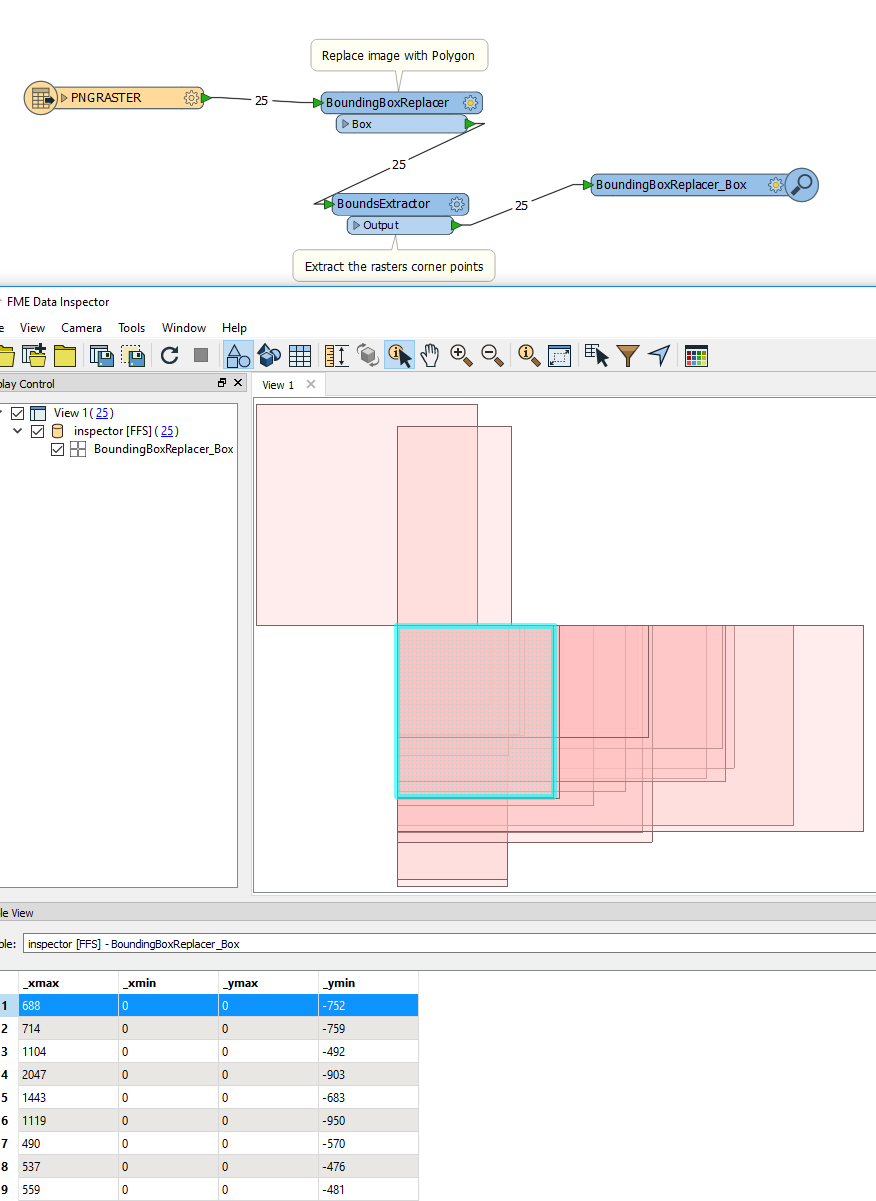I'm trying to merge photos together (similar to raster mosaicking) but they have no overlapping features. Their file name shares a common value which I would like to use to merge the photos, but I can't seem to find a transformer/group of transformers to do this?
Thanks







